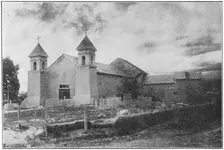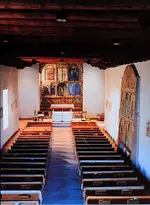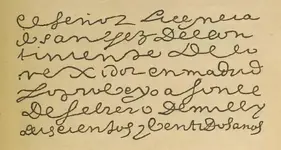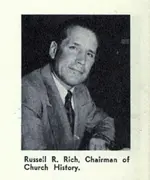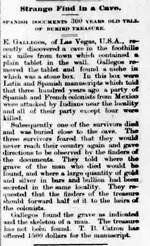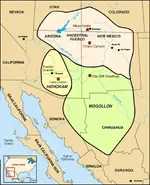: Michael-Robert.
Bronze Member
- Joined
- Feb 2, 2013
- Messages
- 1,539
- Reaction score
- 2,207
- Golden Thread
- 0
- Location
- Sovereign America
- Detector(s) used
- Many
- Primary Interest:
- All Treasure Hunting
"The earliest record is a waybill left by Jose Joaquin Garcia, penned in 1814, several decades before he sketched his now famous map. That document refers to work which was performed at mines on Hoyt Peak as far back as 1782. It was discovered in the Spanish Archives at Mexico City through the efforts of Russell R. Rich, Professor of Early History, Brigham Young University, Provo, Utah. It is quite likely that Professor Rich also discovered the Garcia Map of 1821-1826. Both the map and the document appeared at about the same time. Another document recently uncovered in the Archives at Seville states that the Garcia Mine was registered in 1722, and was worked until 1749, when it was abandoned due to Indian troubles, and wasn't reopened until 1782. The mine was owned by the Garcia family for nearly a century. The waybill discovered by Professor Rich has been authenticated by document experts who have examined it in great detail; their opinions stating that the language of that document is consistent with the period in which it was written, and that several now archaic words and phrases in it would be unknown to anyone not living at that time.
Documents written by the well educated class, such as the clergy, were actually written in a script known as "procesal," in which it isn't unusual to find words of Arabic, Greek and Latin origin. The procesal style of writing is a continuous flowing script of rounded Arabic-like letters and abbreviations, having little or no punc tuation to indicate where sentences or phrases end. Bundles of documents called "legajos" may each con tain thousands of pages, which for the most part do not relate to each other. A researcher must examine each legajo one page at a time, each one only part of an esti mated fifty-million documents in the Spanish Archives at Seville. A document similar to the Garcia waybill reveals the many different forms which letters in procesal might take. For example: In that ancient script, the letter "A" is shown in fourteen different styles, "E" in twenty-one styles, "P" in sixteen and even the little used letter "Z" in thirteen styles! It would be virtually impos sible for someone today to forge such a document."
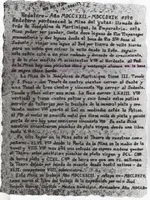
Documents written by the well educated class, such as the clergy, were actually written in a script known as "procesal," in which it isn't unusual to find words of Arabic, Greek and Latin origin. The procesal style of writing is a continuous flowing script of rounded Arabic-like letters and abbreviations, having little or no punc tuation to indicate where sentences or phrases end. Bundles of documents called "legajos" may each con tain thousands of pages, which for the most part do not relate to each other. A researcher must examine each legajo one page at a time, each one only part of an esti mated fifty-million documents in the Spanish Archives at Seville. A document similar to the Garcia waybill reveals the many different forms which letters in procesal might take. For example: In that ancient script, the letter "A" is shown in fourteen different styles, "E" in twenty-one styles, "P" in sixteen and even the little used letter "Z" in thirteen styles! It would be virtually impos sible for someone today to forge such a document."





